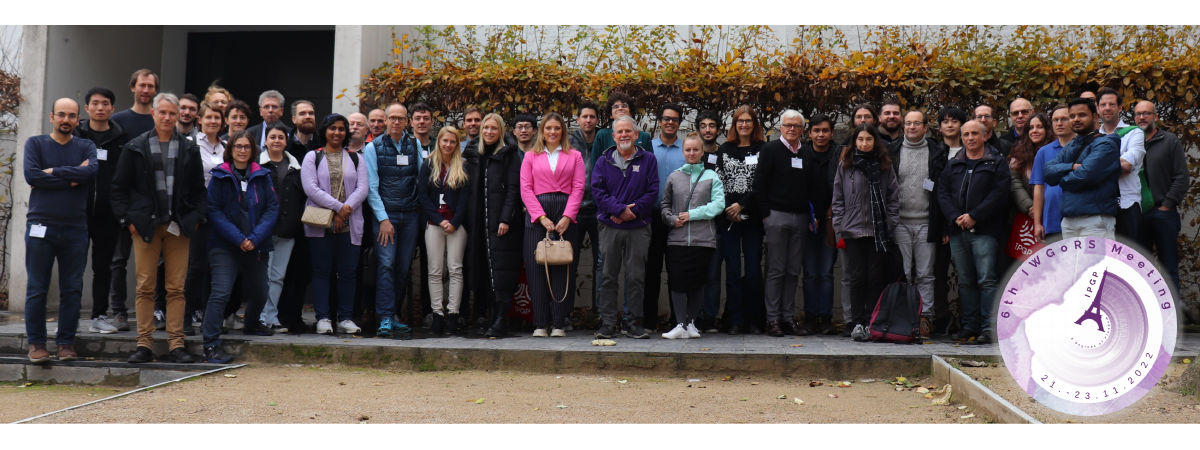Measurements of translation, rotation and strain: New approaches to seismic processing and inversion
Moritz Bernauer
We propose to include measurements of seismically induced rotation and strain in tomographic inversions for 3D Earth structure, thus going beyond standard seismic tomography that is based exclusively on recordings of translational ground motion. Exploiting more than 3 observables is expected to yield more detailed tomographic images.
To find efficient inversion schemes based on subsets of the 12-component recordings, we first investigate the sensitivity of the new observables with respect to Earth structure. For this we combine spectral-element simulations of seismic wave propagation and adjoint techniques, that allow us to calculate sensitivity kernels for all 12 observables with respect to the P and the S velocities.
In order to construct sensitivity distributions with pre-defined properties, we combine different observables, thus inventing new types of measurements: The ratio of the rms displacement velocity and the rms rotation, for instance, defines an apparent S velocity that is sensitive only to the true S velocity in the vicinity of the receiver. Similarly, the sensitivity to the true P velocity of the apparent P velocity defined as the ratio of the rms displacement velocity and the rms divergence, is also restricted to the near-receiver region. This behaviour is in sharp contrast to the sensitivities of travel times or amplitudes that are nonzero within a large volume around the entire ray path.
Our systematic study of sensitivity distributions for the apparent S velocity and the apparent P velocity reveals that both measurements have the potential to contribute valuable information in local tomographic studies that are based on teleseismic data.
.png)